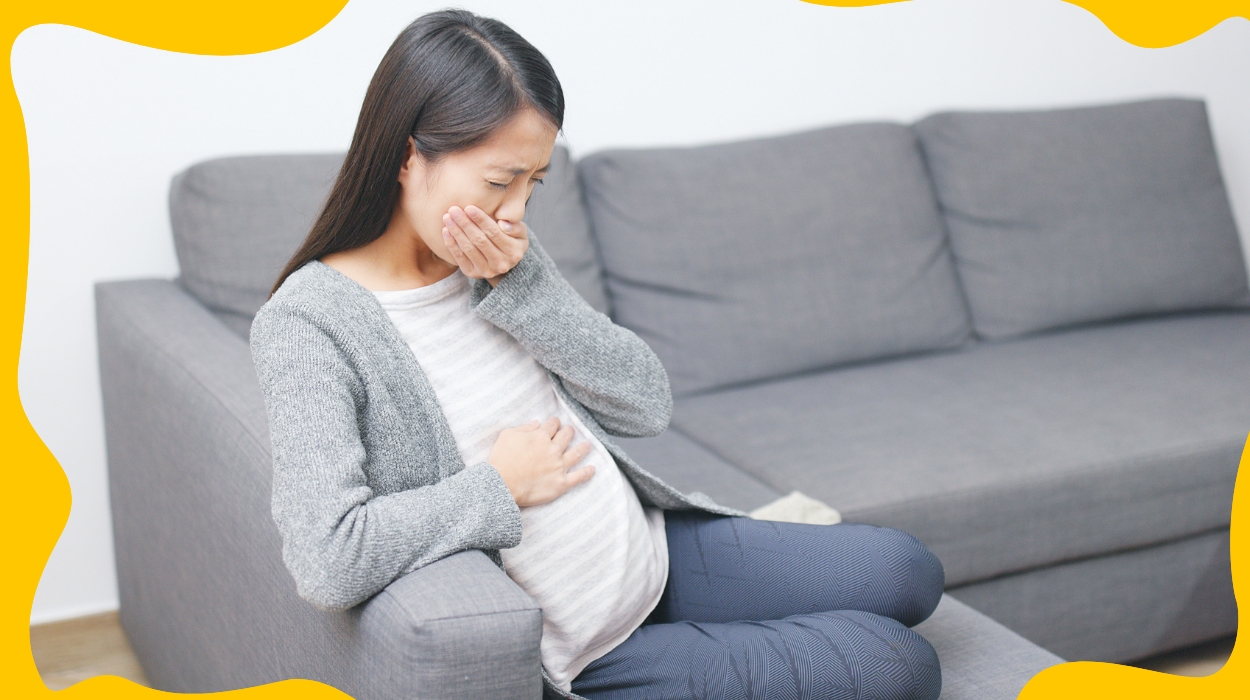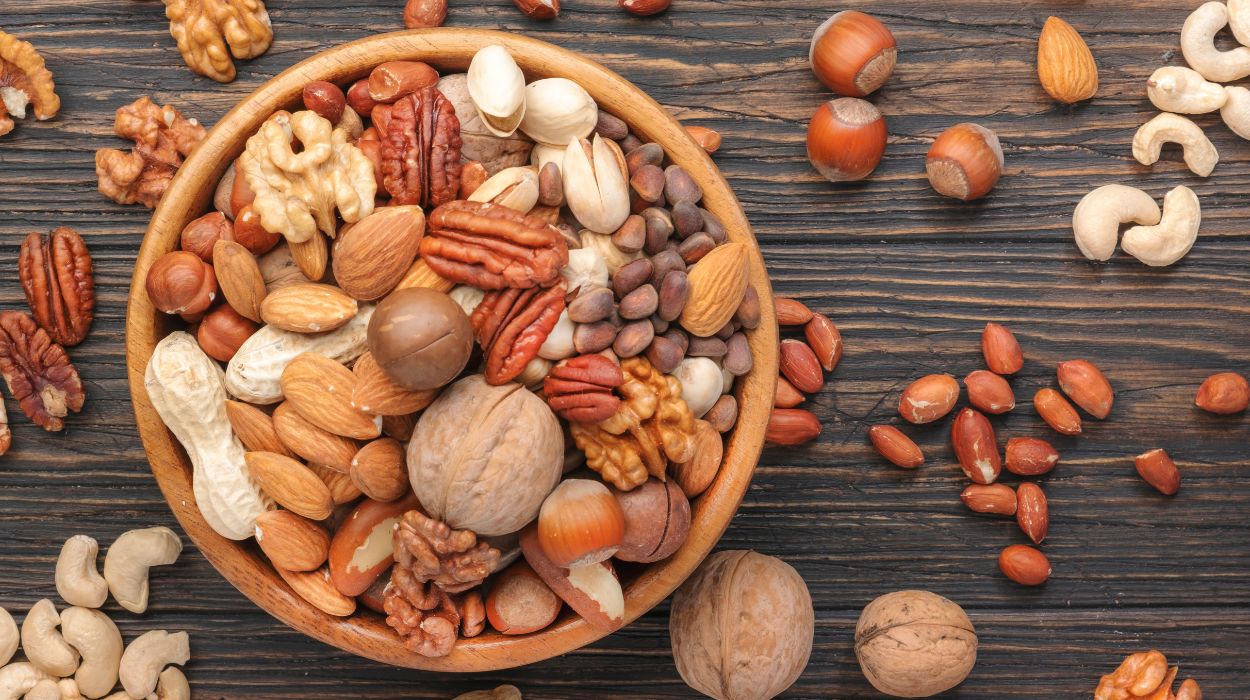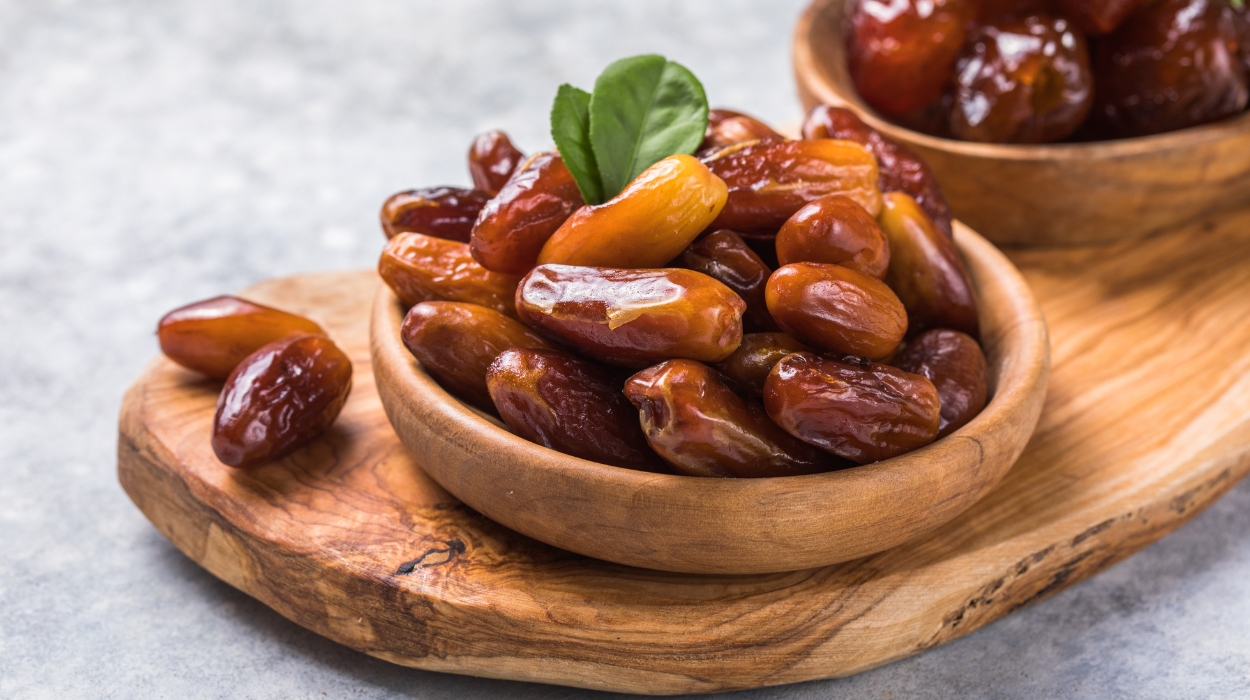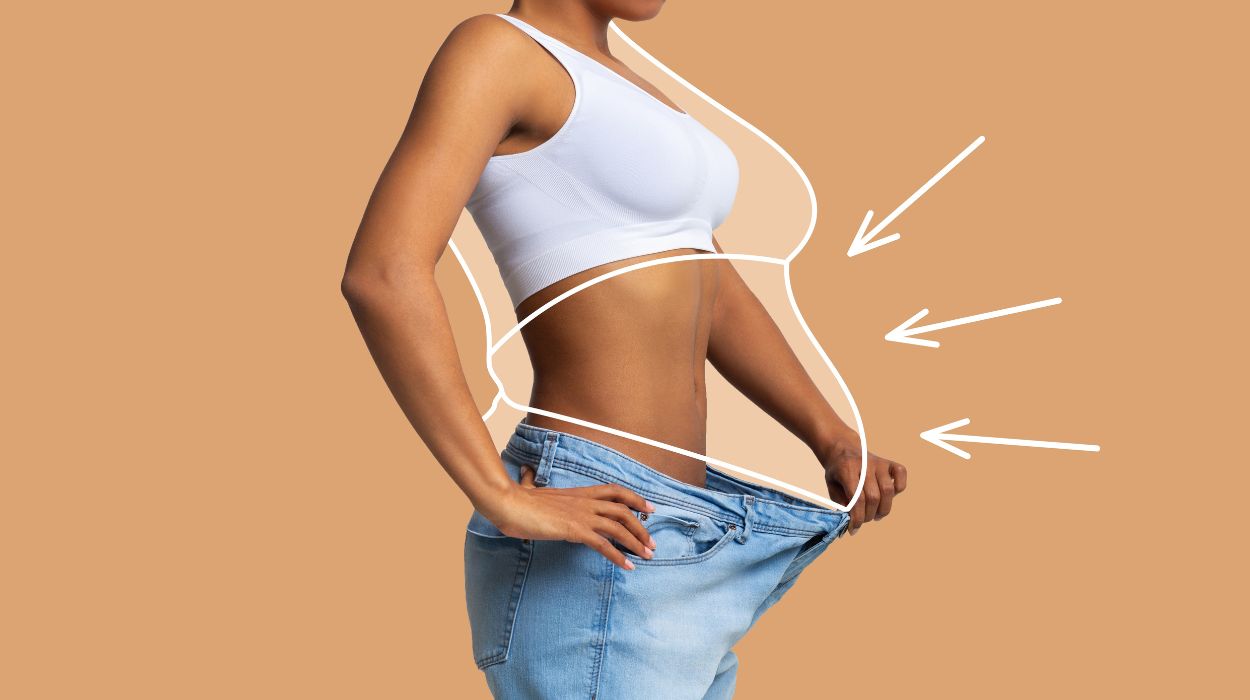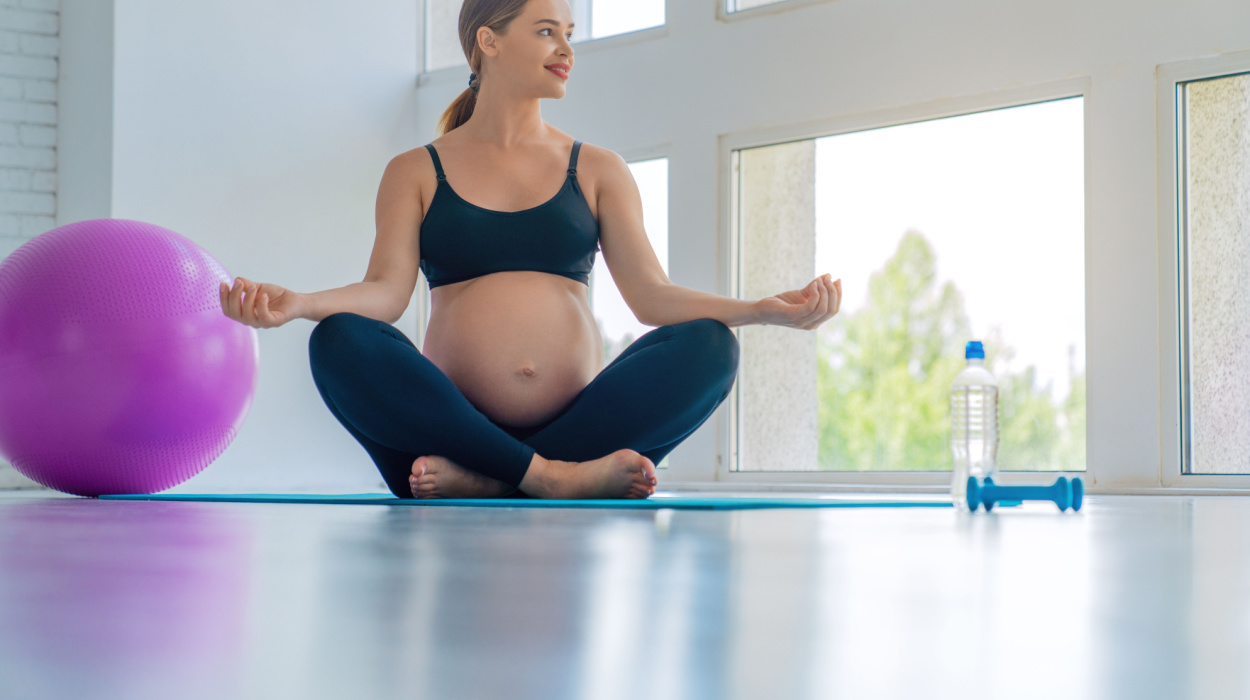How To Choose A Non-Toxic Baby Shampoo?
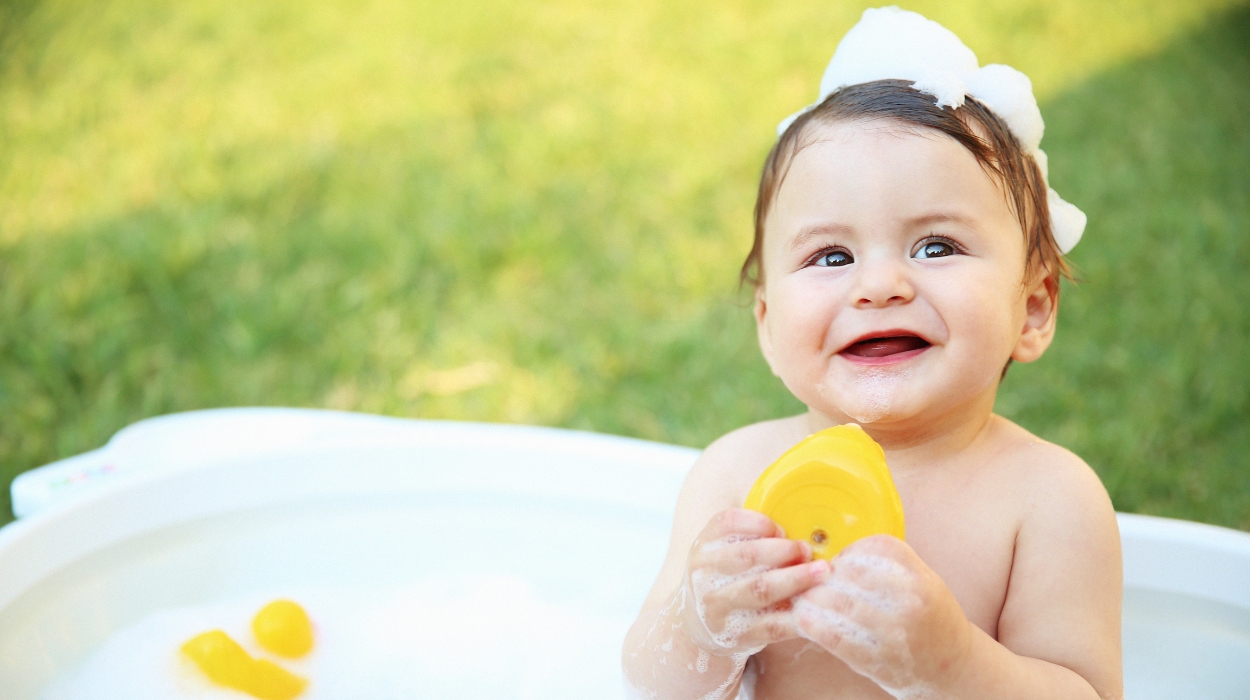
Are you a new parent looking for the best non-toxic baby shampoo to keep your little one’s sensitive skin safe and healthy? This article will guide you through choosing a non-toxic baby shampoo that ticks all the boxes for safety, quality, and natural ingredients.
When caring for your baby’s delicate skin and hair, organic baby shampoos with natural and organic ingredients are ideal. By opting for organic options, you can avoid harmful chemicals like sulfates, synthetic fragrances, and harsh ingredients that could cause skin irritation or allergies.
Look for baby shampoos that are fragrance-free, tear-free, and specifically formulated for sensitive skin. These gentle cleansers often contain nourishing ingredients like organic coconut oil, organic jojoba oil, aloe vera, and cocoa butter. They provide effective cleansing without stripping away the natural oils that protect your baby’s skin.
Following our guide, you can confidently select the best non-toxic baby shampoo for your little one, ensuring their bath time is a soothing, safe, and enjoyable experience. Let’s dive into the world of organic baby shampoos and give your baby’s hair and skin the gentle care it deserves.
Can Body Wash Has Toxic?
Yes, some body wash products can indeed contain harmful and toxic ingredients. Many commercial body washes may contain ingredients such as sulfates, synthetic fragrances, and harsh chemicals that can be potentially harmful. It’s crucial to be cautious and mindful when selecting a body wash for yourself and your family.
Reading Product Labels to Make the Best Decision
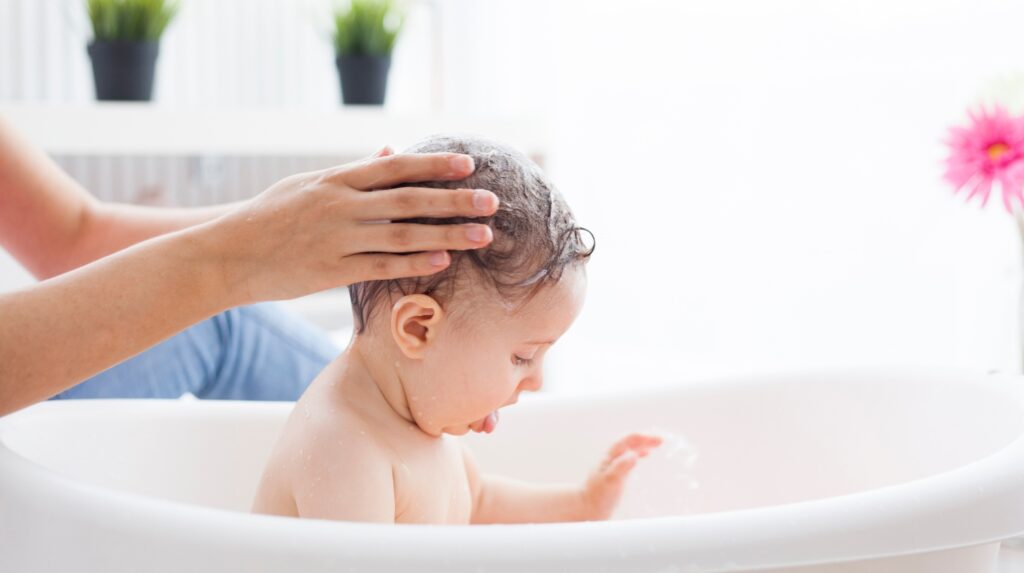
To ensure you’re choosing a non-toxic body wash, look for products that are labeled as “non-toxic,” “natural,” or “organic.” These body washes often prioritize using natural and organic ingredients, such as organic coconut oil and organic jojoba oil, while excluding harmful chemicals like sulfates, synthetic fragrances, and harsh detergents. Fragrance-free options are also available for those with sensitive skin or allergies.
When reading the ingredient list, be wary of substances like sodium lauryl sulfate (SLS), sodium laureth sulfate (SLES), parabens, and phthalates, as they have been linked to potential health risks. Instead, opt for body washes containing natural oils, such as organic coconut oil, and ingredients like aloe vera and shea butter, known for their soothing and nourishing properties.
By choosing a non-toxic body wash, you can cleanse your skin without exposing yourself to harmful chemicals or risking irritation. Prioritizing natural and organic options will promote healthier skin and contribute to a more sustainable and environmentally-friendly lifestyle.
What is a Non-Toxic Baby Shampoo?
A non-toxic baby shampoo is a gentle and safe cleansing product specially formulated for infants and young children. It is free from harmful chemicals, toxins, and synthetic additives that can potentially harm your baby’s delicate skin and hair.
Non-toxic baby shampoos prioritize the use of natural and organic ingredients, such as organic coconut oil, organic jojoba oil, and aloe vera, which nourish and protect your baby’s sensitive skin. These shampoos are often fragrance-free or use natural essential oils to provide a pleasant scent without synthetic fragrances.
By choosing non-toxic baby shampoos, you can avoid ingredients like sulfates, parabens, phthalates, and harsh detergents that may be found in conventional baby shampoos. These harmful chemicals can cause skin irritation, allergies, or other adverse effects on your baby’s health.
When selecting a non-toxic baby shampoo, look for products labeled as “organic,” “natural,” “fragrance-free,” and “free from harmful chemicals.” Reading the ingredient list and ensuring the absence of toxic ingredients like sodium lauryl sulfate (SLS) and synthetic fragrances is crucial.
Prioritizing non-toxic baby shampoos with organic and natural ingredients is essential for maintaining your baby’s health and well-being. Doing so can provide a gentle and nurturing bathing experience that keeps your little one’s hair and skin clean, soft, and protected.
Harmful Ingredients to Avoid in Baby Shampoo

To ensure your baby’s safety, opt for baby shampoos that are labeled as “free from harmful chemicals,” “non-toxic,” or “natural.” Look for products with transparent ingredient lists featuring natural and organic ingredients like organic coconut oil, organic jojoba oil, and organic calendula. These ingredients are gentle and nourishing for your baby’s sensitive skin. Avoiding these harmful ingredients can provide your little one with a safer and healthier bathing experience.
When choosing a baby shampoo, it’s essential to be aware of harmful ingredients that should be avoided to protect your little one’s delicate skin. Here are some harmful ingredients commonly found in baby shampoos that you should steer clear of:
- Sulfates: Sodium lauryl sulfate (SLS) and sodium laureth sulfate (SLES) are foaming agents that can be harsh and drying to the skin.
- Parabens: These preservatives, such as methylparaben and propylparaben, have been linked to potential hormonal disruption.
- Phthalates: These chemicals are often used to enhance fragrance but have been associated with potential health concerns.
- Synthetic Fragrances: Artificial fragrances can contain a mixture of undisclosed chemicals, which may cause skin irritation or allergies.
- Formaldehyde Donors: Ingredients like DMDM hydantoin, diazolidinyl urea, and quaternion-15 can release formaldehyde, a known carcinogen.
- Propylene Glycol: This ingredient can cause skin irritation and allergic reactions in some individuals.
- Mineral Oil: A petroleum-derived ingredient that can clog pores and potentially disrupt the skin’s natural barrier.
- Synthetic Colors: Artificial colors, such as FD&C dyes, can be unnecessary additives and may cause skin irritation.
What To Look For In Baby Wash & Shampoo
When selecting a baby wash and shampoo, it’s crucial to consider specific factors to ensure the safety and well-being of your little one. Here are key aspects to look for:
- Gentle Formulation: Choose a baby wash and shampoo specifically designed for delicate baby skin, labeled as “gentle” or “mild,” to avoid irritation.
- Natural and Organic Ingredients: Opt for products with natural and organic ingredients, such as organic coconut oil, organic jojoba oil, and aloe vera, to nourish and protect your baby’s skin.
- Hypoallergenic: Select hypoallergenic baby wash and shampoo, reducing the risk of allergic reactions and making them suitable for sensitive skin.
- Tear-Free Formula: Look for products labeled as “tear-free,” ensuring they won’t cause discomfort or stinging if they come into contact with your baby’s eyes.
- Free from Harmful Chemicals: Avoid products containing harmful chemicals like sulfates, parabens, phthalates, synthetic fragrances, and artificial colors, which can potentially harm your baby’s skin or health.
- Allergy-Tested: Choose baby wash and shampoo that have been allergy-tested or dermatologist-tested to minimize the risk of allergic reactions.
- Trusted Brand: Opt for baby care products from reputable and trusted brands that specialize in infant care, ensuring quality and safety.
By considering these factors, you can make an informed decision and select a baby wash and shampoo that will effectively cleanse and care for your baby’s delicate skin during bath time.
Recognizing Unsafe Baby Shampoo
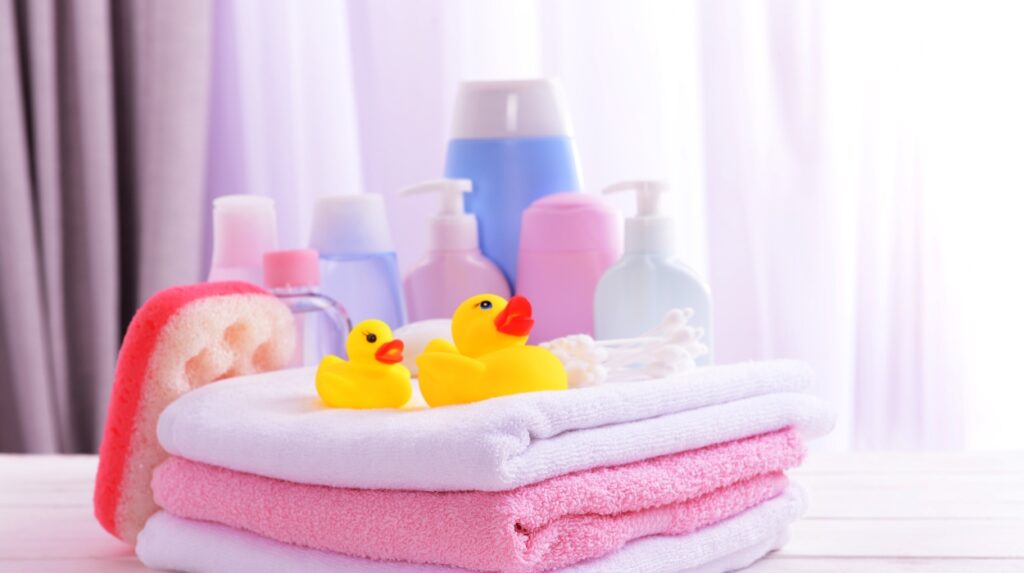
- Harsh Chemicals: Unsafe baby shampoos may contain harsh chemicals like sulfates, parabens, phthalates, and formaldehyde-releasing preservatives. These chemicals can irritate your baby’s skin and potentially cause long-term health issues.
- Synthetic Fragrances: Shampoos with synthetic fragrances often contain undisclosed chemicals that can trigger allergies or skin sensitivities. Look for fragrance-free or naturally scented options instead.
- Artificial Colors: Unsafe baby shampoos may use artificial colors, such as FD&C dyes, which can be unnecessary additives and may cause skin irritation or allergies.
- Overwhelming Fragrance: Shampoos with an overpowering fragrance can indicate the presence of synthetic fragrances or masking agents that may be harmful to your baby’s sensitive skin.
- Lack of Transparency: If the product doesn’t clearly list its ingredients or fails to provide adequate information about its formulation, it’s best to avoid it. Transparent labeling is essential for making informed choices.
- Negative Reviews or Recalls: Research the brand and product online to check for any negative reviews or recalls related to safety concerns. This can provide insights into potential issues with the product.
- Unrecognized Brands: Stick to well-known and trusted brands that specialize in baby care. Established brands often have rigorous safety standards and undergo thorough testing.
Choosing a safe baby shampoo means prioritizing products with natural and organic ingredients, avoiding harmful chemicals and synthetic additives, and opting for transparency and trusted brands. Remember, always read the labels and ingredient lists carefully. By recognizing and avoiding unsafe baby shampoos, you can ensure your little one’s bath time is a safe and enjoyable experience.
Tips for Cleaning Your Baby’s Hair
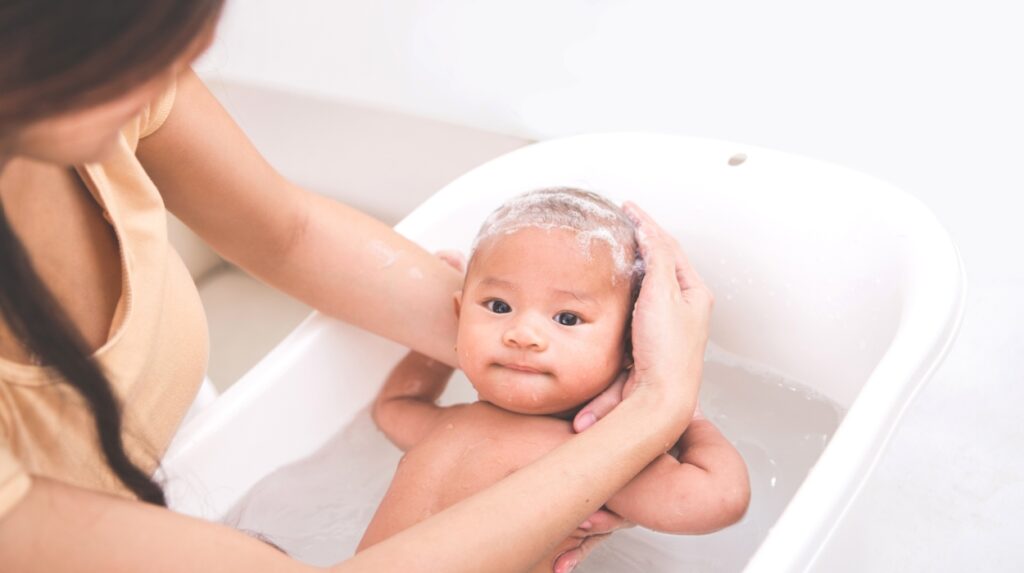
When it comes to cleaning your baby’s hair, it’s important to approach the task with care. Here are some helpful tips to ensure a safe and effective hair-cleaning routine:
Choose a Non-Toxic Baby Shampoo
Opt for a non-toxic baby shampoo free from harmful chemicals like sulfates, parabens, and synthetic fragrances. Look for organic or natural options that prioritize your baby’s well-being.
Use Organic Ingredients
Consider baby shampoos containing organic ingredients like organic coconut oil, organic jojoba oil, or organic aloe vera. These natural ingredients are gentle on your baby’s scalp and hair.
Wet the Hair Thoroughly
Wash your baby’s hair with warm water before applying shampoo. Ensure the water reaches the scalp, allowing the shampoo to lather properly.
Gently Massage the Scalp
Apply a small amount of baby shampoo to your hands and gently massage it into your baby’s scalp using your fingertips. This helps to remove dirt, oil, and any residue.
Rinse Well
Rinse your baby’s hair thoroughly with warm water, making sure to remove all traces of shampoo. Tilt their head back slightly to prevent water from running into their eyes.
Pat Dry with a Soft Towel
Gently pat your baby’s hair with a soft towel to remove excess moisture after rinsing. Avoid rubbing vigorously to prevent hair breakage.
Comb Carefully
Use a wide-toothed comb or a soft baby brush to gently detangle your baby’s hair. Start from the end and work your way up to avoid discomfort or pulling.
Avoid Overwashing
Unless your baby’s hair gets visibly dirty or oily, there’s no need to wash it daily. Washing their hair two to three times a week is usually sufficient to keep it clean and healthy.
By following these tips and using non-toxic, organic baby shampoos, you can ensure your baby’s hair is clean, nourished, and protected without exposure to harmful chemicals or toxins.
Conclusion
Choosing a non-toxic baby shampoo is essential for your little one’s health and well-being. By avoiding harmful chemicals, opting for natural and organic ingredients, and following gentle hair-cleaning techniques, you can keep your baby’s hair clean and their delicate scalp protected. Prioritize safety and embrace a gentle approach for a happy and healthy hair-care routine.
Frequently Asked Questions
Yes, organic baby shampoo is a safer choice as it avoids harmful chemicals and uses natural ingredients like coconut oil and jojoba oil to nourish and protect your baby’s delicate skin.
Regular shampoo may contain harsh chemicals and fragrances that can irritate your baby’s sensitive skin. It’s best to use a baby-specific shampoo with gentle ingredients.
Tear-free baby shampoos are formulated with milder ingredients to minimize eye irritation. However, avoiding direct contact with your baby’s eyes is still important.
It’s recommended to wash your baby’s hair with shampoo two to three times a week unless their hair becomes visibly dirty or oily.
Avoid shampoos that contain sulfates, parabens, phthalates, and synthetic fragrances, as these can be harmful to your baby’s skin and overall health.
While baby shampoo is formulated for hair, it’s best to use a separate mild body wash for your baby’s body to ensure proper cleansing.
Synthetic fragrances can potentially cause skin irritation or allergies. Opt for fragrance-free or naturally scented baby shampoos to minimize risks.
Organic baby shampoos, containing ingredients like organic coconut oil and organic jojoba oil, are free from harmful chemicals and provide gentle care for your baby’s delicate skin and hair.
+ 5 Sources
Health Canal avoids using tertiary references. We have strict sourcing guidelines and rely on peer-reviewed studies, academic researches from medical associations and institutions. To ensure the accuracy of articles in Health Canal, you can read more about the editorial process here
- Tierney N, Coret C, Suero M. Tolerance of natural baby skin-care products on healthy, full-term infants and toddlers. Clinical, Cosmetic and Investigational Dermatology. Published online February 2014:51. doi:https://doi.org/10.2147/ccid.s56939
- Lavender T, Bedwell C, Roberts SA, et al. Randomized, Controlled Trial Evaluating a Baby Wash Product on Skin Barrier Function in Healthy, Term Neonates. Journal of Obstetric, Gynecologic & Neonatal Nursing. 2013;42(2):203-214. doi:https://doi.org/10.1111/1552-6909.12015
- Panico A, Serio F, Bagordo F, et al. Skin safety and health prevention: an overview of chemicals in cosmetic products. Journal of preventive medicine and hygiene. 2019;60(1):E50-E57. doi:https://doi.org/10.15167/2421-4248/jpmh2019.60.1.1080
- BiblioMed.org – Fulltext article Viewer. www.bibliomed.org. Accessed June 8, 2023. https://www.bibliomed.org/fulltextpdf.php?mno=23532
-
Sathyanarayana S, Karr CJ, Lozano P, et al. Baby care products: possible sources of infant phthalate exposure. Pediatrics. 2008;121(2):e260-268. doi:https://doi.org/10.1542/peds.2006-3766


